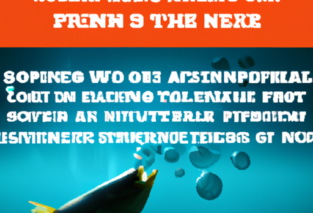In “Can You Go Redfish Fishing: Tips and Techniques for Redfish Anglers,” you will discover a comprehensive guide to catching redfish like a pro. Packed with insider tips and expert techniques, this article will equip you with the knowledge and strategies needed to have a successful redfish fishing adventure. Whether you’re a seasoned angler looking to hone your skills or a beginner eager to reel in your first big catch, this article is your go-to resource for all things redfish fishing. Get ready to enhance your angling prowess and embark on an unforgettable fishing experience.

Understanding Redfish
What are Redfish
Redfish, also known as red drum, are a popular sportfish found in coastal waters of the Gulf of Mexico and the Atlantic Ocean. They are known for their copper-colored bodies and distinctive black spot near their tail, which fades as they grow older. Redfish can reach lengths of up to 40 inches and weigh over 50 pounds, providing anglers with an exciting challenge. These fish are highly coveted for their strong fighting abilities and delicious taste, making them a favorite target of many fishing enthusiasts.
Redfish Habitat
Redfish can be found in a variety of habitats, both inshore and offshore. Inshore, they can be found in estuaries, bays, and marshes, where they seek shelter and abundant food sources. They are known to inhabit grass flats, oyster bars, and mangrove shorelines, as well as structures such as docks and bridges. Offshore, redfish can be found near wrecks, reefs, and oil platforms, where they search for prey items and seek shelter in the complex structure. Understanding the habitat preferences of redfish is crucial for increasing your chances of success in catching them.
Redfish Behavior
To better target redfish, it is important to understand their behavior. Redfish are opportunistic feeders, taking advantage of a wide range of prey items such as shrimp, crabs, mullet, and other small fish. They are most active during certain times of the day, with feeding peaks occurring during tidal movements. Redfish are known to follow the tides, using the moving water to locate and ambush their prey. Understanding their feeding patterns and behavior can help you position yourself in the right spot and present your bait or lure effectively.
Choosing the Right Equipment
Rod and Reel
Selecting the right rod and reel is essential for a successful redfish fishing trip. A medium-heavy to heavy-action spinning or baitcasting rod with a length between 7 and 8 feet is recommended for targeting redfish. The rod should have enough backbone to handle the strong fights of these fish while still providing the sensitivity to detect subtle bites. When it comes to reels, a high-quality spinning or baitcasting reel with a strong drag system is preferred. Make sure to choose a reel with a line capacity suitable for the fishing conditions you’ll be encountering.
Line and Leader
Choosing the correct line and leader is crucial for redfish fishing. For mainline, a braided line with a pound test between 20 and 30 is recommended due to its high strength and low stretch properties. The braided line provides better sensitivity, allowing you to feel the bites and set the hook promptly. Attaching a fluorocarbon leader to the mainline is essential to increase your chances of a successful hook-up. A leader with a pound test between 20 and 30 is ideal, as it provides the necessary abrasion resistance and invisibility in the water.
Terminal Tackle
When it comes to terminal tackle for redfish fishing, there are a few important components to consider. Using a quality selection of hooks, such as circle hooks or J-hooks, is crucial to ensure proper hook penetration and reduce the chances of gut-hooking the fish. The size of the hook will depend on the size of the bait or lure you are using. Additionally, using a variety of weights, such as egg sinkers or split shots, will allow you to adjust your presentation according to the water depth and current. Finally, using swivels and snaps can provide convenience and ease when changing out lures or rigs.
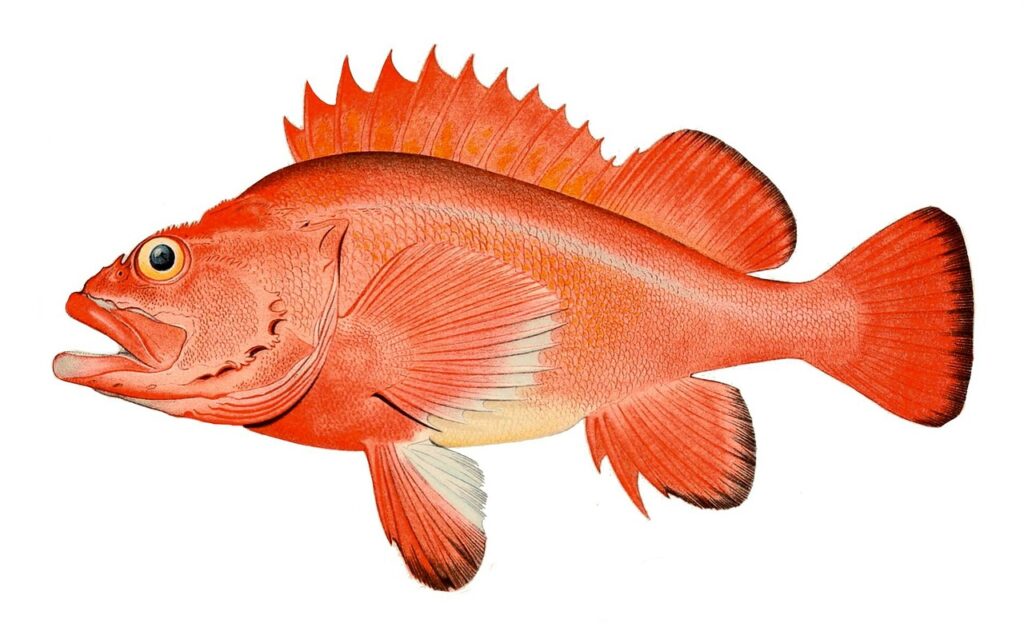
Rigging for Success
Basic Redfish Rig
The basic redfish rig consists of attaching a leader to the mainline, with a hook at the end. To rig your rod for redfish fishing, start by tying the end of the braided line to a barrel swivel using a strong knot such as the Palomar knot. Attach a fluorocarbon leader to the other end of the swivel using a clinch knot or a loop knot. The length of the leader will depend on the fishing conditions, but a general guideline is to use a leader between 18 and 24 inches. Finally, tie a circle hook or J-hook to the end of the leader using a secure knot such as the improved clinch knot or the uni knot.
Variations on the Rig
While the basic rig is effective, there are variations that can be used for targeting redfish. One popular variation is adding a popping cork above the leader. A popping cork is a float that creates noise and disturbance in the water when jerked, attracting the attention of redfish. Another variation is using a Carolina rig, which involves adding a sliding egg sinker above the barrel swivel. This allows the bait to move naturally with the current while still providing the weight to cast far and reach the desired depth.
Using Live Bait vs Artificial Lures
When it comes to bait selection, both live bait and artificial lures have their advantages. Live bait such as shrimp, mullet, or fingerling fish can be extremely effective in enticing redfish to bite. The movement and scent of live bait can be irresistible to hungry redfish, increasing your chances of success. However, using live bait requires more preparation and maintenance, as well as the need to keep it alive during the fishing trip.
On the other hand, artificial lures offer versatility and convenience. Soft plastic baits, such as paddle tails or swimbaits, can be rigged on a jighead and worked along the bottom to imitate prey. Topwater lures, such as poppers or walking baits, can be used to create surface disturbances and trigger aggressive strikes from redfish. Experimenting with different colors, shapes, and sizes of lures can help you determine what redfish are more likely to respond to on a given day. Additionally, using artificial lures allows for easier catch and release, as there is no need to handle live bait.
Selecting the Ideal Spot
Inshore vs Offshore Fishing
When it comes to targeting redfish, there are two main categories to consider: inshore and offshore fishing. Inshore fishing refers to fishing in the shallower waters near the coast, including estuaries, bays, and marshes. Inshore fishing for redfish allows anglers to explore a variety of habitats, including grass flats, oyster bars, and mangrove shorelines. Offshore fishing, on the other hand, involves venturing into deeper waters further away from the coast. Redfish can be found near wrecks, reefs, and oil platforms offshore. Choosing between inshore and offshore fishing will depend on personal preferences, fishing conditions, and the availability of the desired fishing spots.
Identifying Redfish Areas
To increase your chances of finding redfish, it is important to identify the areas where they are likely to congregate. In inshore fishing, look for areas with structure such as oyster bars, submerged vegetation, and sandbars. These areas offer hiding places and ambush points for redfish. Pay attention to water movement, as redfish are often found in areas with a strong tidal flow. Offshore, look for visible structure such as wrecks, reefs, and oil platforms, as these provide shelter and a concentration of prey for redfish.
Reading the Water
Reading the water is a crucial skill for any angler targeting redfish. Look for signs such as baitfish activity, birds diving, or disturbances on the surface of the water, as these can indicate the presence of redfish. Redfish are known to prowl the shallows during high tides, looking for prey, while they retreat to deeper waters during low tides. Understanding how tides influence the movement of redfish can help you position yourself in the right spot and increase your chances of success.
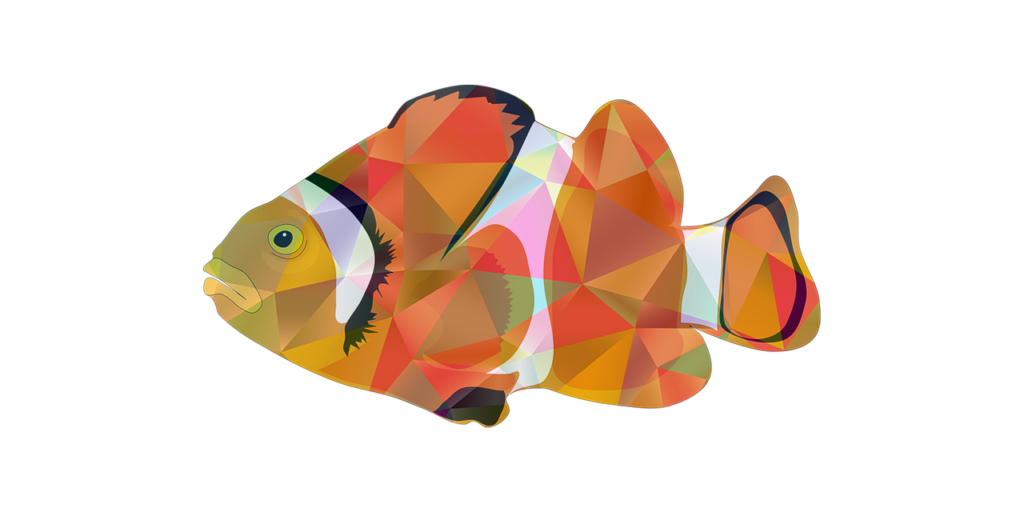
Mastering the Techniques
Casting and Retrieving
Mastering your casting technique is essential for successfully targeting redfish. Practice your casting distance and accuracy, as redfish can be found in a variety of locations and conditions. It is important to cast beyond the target area and retrieve your bait or lure in a way that mimics the natural movement of prey. Vary the speed and depth of your retrieve to find what works best on a given day. Learning different casting techniques, such as the sidearm cast or the roll cast, can also help you navigate around obstacles and improve your chances of landing the perfect cast.
Presenting Bait to Redfish
Whether you are using live bait or artificial lures, presenting your bait in a natural and enticing manner is key. When using live bait, try to mimic the natural movement of the prey by allowing the bait to swim freely or by using a popping cork to create disturbance. If you are using artificial lures, experiment with different retrieve techniques such as a steady retrieve, a jigging motion, or a stop-and-go retrieve. Pay attention to the behavior of the redfish, as they may prefer a particular presentation or speed on a given day.
Working Structure
When fishing for redfish, it is important to work the structure effectively. Approach the structure silently and position yourself in a way that allows you to make accurate and targeted casts. Start by casting around the edges of the structure, as redfish are often found in the vicinity rather than right in the middle. Work your bait or lure along the edges, allowing it to move naturally and enticing the redfish to strike. If a particular spot is not producing any bites, don’t be afraid to move around and explore different areas of the structure.
Understanding Redfish Feeding Patterns
The Influence of Tides
Understanding how tides influence redfish feeding patterns is crucial for successful fishing. Redfish are known to follow the tides, using the moving water to locate and ambush their prey. During high tides, redfish move into shallow waters, following the baitfish and crabs that are pushed into these areas. As the tide recedes, redfish will move to deeper waters, where they wait for the incoming tide to bring new prey. Fishing during the peak tidal movement can greatly increase your chances of encountering feeding redfish.
Preferred Prey of Redfish
Redfish are opportunistic feeders, and their preferred prey can vary depending on the area and season. Some of the main prey items for redfish include shrimp, crabs, mullet, pinfish, and other small fish. Matching your bait or lure to the prevalent prey in the area can greatly increase your chances of success. Pay attention to the natural characteristics of the prey, such as size, color, and behavior, and try to imitate them with your presentation. Keeping a selection of different baits or lures that resemble the preferred prey of redfish can provide you with more options and increase your chances of enticing a bite.
Timing your Fishing
Timing your fishing trips according to the feeding patterns of redfish can greatly increase your chances of success. Redfish are known to be more active during certain times of the day, with feeding peaks occurring during tidal movements. Early mornings and late afternoons are often the best times to target redfish, as they are more active during low light conditions. However, feeding behavior can also vary depending on the season, weather conditions, and the specific location you are fishing. Pay attention to local fishing reports, consult with experienced anglers, and keep a fishing journal to track patterns and make informed decisions about the best time to fish for redfish.
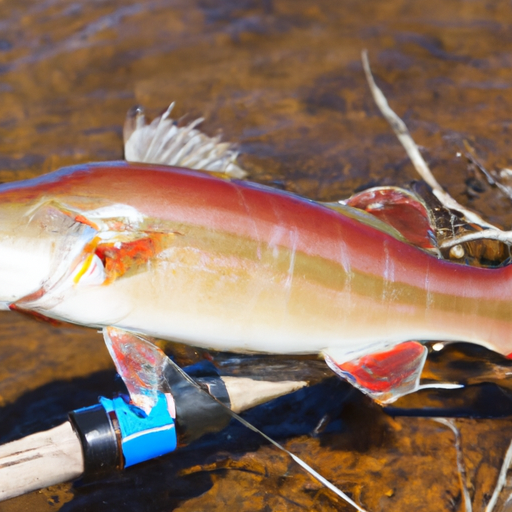
Popular Redfish Baits and Lures
Live Shrimp
Live shrimp is a popular and effective bait for targeting redfish. Shrimp are one of the natural prey items for redfish and their movement and scent can be irresistible to these fish. To rig a live shrimp, simply thread the hook through the tail or under the horn to keep it alive and kicking. Allow the shrimp to move naturally in the water and use a popping cork above the shrimp to create a disturbance and attract the attention of redfish.
Cut Bait
Cut bait, such as mullet or other small fish, is another effective option for targeting redfish. Cut bait releases scent into the water, attracting redfish from a distance. To rig cut bait, simply slice the baitfish into small pieces and thread it onto the hook. Make sure to choose a hook size that matches the size of the bait and use a sliding weight above the leader to keep the bait near the bottom.
Soft Plastic Baits
Soft plastic baits, such as paddle tails or shrimp imitations, are versatile and can be effective in a variety of fishing conditions. Rig these baits on a jighead and work them along the bottom to imitate natural prey movement. Experiment with different colors and sizes to determine what redfish are more likely to respond to on a given day.
Topwater Lures
Topwater lures are perfect for targeting aggressive redfish that are willing to strike on the surface. Poppers, walking baits, and prop baits can create surface disturbances that trigger aggressive strikes from redfish. Work these lures with a jerking or popping motion to imitate struggling prey and entice redfish to strike.
Redfish Fishing Tips
Be Patient and Persistent
Redfish fishing can be a test of patience and persistence. Redfish can be finicky and unpredictable, requiring anglers to adapt their strategies and techniques. Don’t get discouraged if you don’t catch a fish right away. Keep experimenting, adjusting, and learning from each fishing trip. Remember that fishing is not just about catching fish, but also about enjoying the experience and the natural beauty that surrounds you.
Pay Attention to the Weather
Weather conditions can greatly impact redfish behavior and feeding patterns. Pay attention to factors such as wind direction, barometric pressure, and water temperature. Redfish are known to become more active and feed more aggressively before weather changes, such as approaching storms or fronts. Additionally, certain weather conditions can make fishing more challenging, such as strong winds or heavy rain. Always prioritize your safety and consider rescheduling your fishing trip if the conditions are unfavorable.
Maintain Stealth and Silence
Redfish are often found in shallow, clear waters, and are sensitive to disturbances. When approaching a redfish spot, do so quietly and cautiously to avoid spooking the fish. Make casts with precision and avoid making unnecessary noise or disturbances that could alert the redfish to your presence. Wearing polarized sunglasses can also help you spot redfish in the water and gauge their behavior.
Keep an Eye on Angling Regulations
It is important to stay informed about the angling regulations in the area where you are fishing. Redfish are subject to size limits, bag limits, and seasonal closures in many regions. Familiarize yourself with the local regulations and make sure to comply with them. Respect the resource and practice responsible angling to ensure the sustainability of the redfish population for future generations.
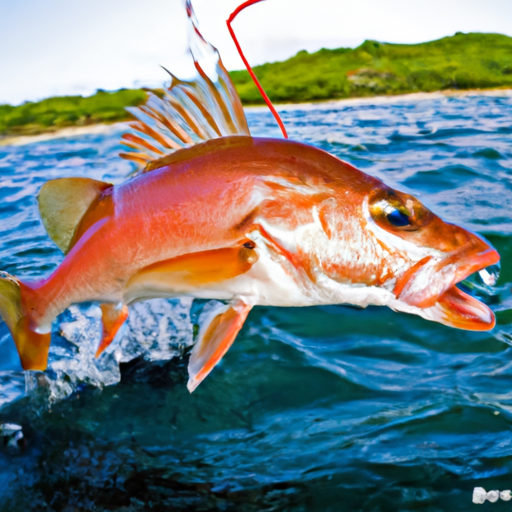
Strategies for Catch and Release
Using Circle Hooks
When practicing catch and release fishing for redfish, using circle hooks is highly recommended. Circle hooks are designed to hook the fish in the corner of the mouth, reducing the chances of gut-hooking and increasing the survival rate of released fish. When using circle hooks, it is important to resist the urge to set the hook forcefully. Instead, simply reel in the slack and let the fish hook itself. This ensures a safe and healthy release of the redfish.
Handling and Releasing Redfish Properly
Proper handling and releasing techniques are crucial to ensure the survival of redfish after catch and release. When handling a redfish, wet your hands to minimize damage to the protective slime coating on their scales. Avoid touching the gills or applying excessive pressure to the fish. If possible, keep the fish in the water while removing the hook, or use a dehooking tool to safely release the fish. When releasing the redfish, support its body underwater and gently revive it before letting it swim away. Following these practices will help preserve the health of the fish and contribute to the sustainability of the redfish population.
Finding Success in Redfish Tournaments
Preparation and Planning
Participating in redfish tournaments requires careful preparation and planning. Familiarize yourself with the rules and regulations of the tournament, including size and bag limits, as well as any specific fishing techniques or bait restrictions. Develop a game plan based on your knowledge of the fishing area and the preferences of redfish. Take into consideration factors such as weather conditions, tide tables, and the behavior of redfish in the area. Ensure that you have all the necessary equipment and supplies ready, and conduct any maintenance or repairs prior to the tournament.
Effective Tournament Strategies
In redfish tournaments, the competitive element requires anglers to strategize and adapt quickly. Experiment with different presentations, baits, and locations to find what works best on the tournament day. It may be beneficial to scout the fishing area prior to the tournament to locate redfish and understand their behavior. Communicate and collaborate with your fishing partner, if applicable, to optimize your chances of success. Lastly, stay focused, remain calm, and maintain a positive mindset throughout the tournament. Remember, fishing is about having fun and enjoying the experience, regardless of the outcome.





